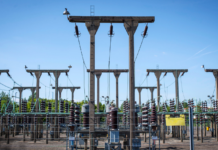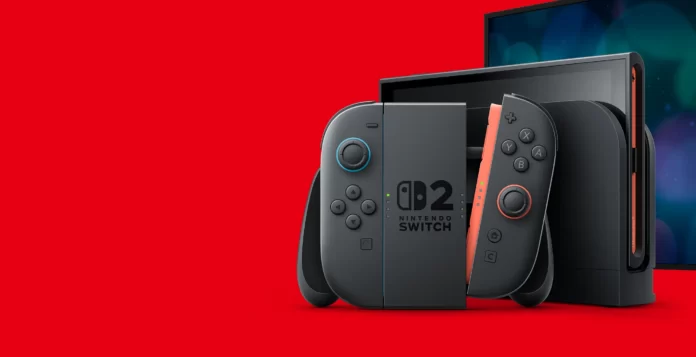The iconic worlds of Super Mario and Donkey Kong may soon be battling more than Bowser, as Nintendo Co. Ltd. prepares to launch its next-generation console—the Switch 2—under the shadow of escalating trade tensions.
The successor to the wildly successful Switch console is set to debut on June 5, but mounting tariffs and geopolitical uncertainty are threatening to disrupt one of the most anticipated product launches of the year.
The Switch 2 arrives eight years after the original hybrid console, which defied expectations and sold over 150 million units globally. Now, as the Japanese gaming giant readies for its next chapter, it must navigate a volatile trade environment that could affect supply chains, pricing, and ultimately, consumer demand.
Although recent tariffs have largely targeted sectors such as semiconductors and automobiles, video game consoles are increasingly caught in the crossfire. Nintendo had originally revealed the Switch 2’s $449.99 price tag on April 2—the same day U.S. President Donald Trump announced sweeping new import tariffs.
Shortly thereafter, the company temporarily paused U.S. pre-orders to evaluate the financial impact.
Pre-orders are now set to resume on April 24, with Nintendo confirming it will maintain the announced pricing, though it has increased the cost of certain accessories and warned that further adjustments may follow.
“If the tariffs are really going to hit them, they probably still need to raise the price for the Switch 2,” said Serkan Toto, founder of Kantan Games consultancy.
To mitigate risks, Nintendo plans to source units for the U.S. market from manufacturing hubs in Vietnam and Cambodia instead of China, which is now subject to a 145% tariff on certain goods. However, both Southeast Asian nations have also been targeted with reciprocal tariffs, currently paused for 90 days.
Despite these challenges, Nintendo is betting on the strength of the Switch brand. Analysts at Ampere Analysis expect 4.6 million units of the Switch 2 to be sold in the U.S. in 2025, out of a projected global total of 13.2 million.
“Nintendo has a wealth of experience in managing the supply chain,” said Jay Defibaugh, analyst at CLSA, who added that even in worst-case tariff scenarios, the company may choose to absorb the costs to protect demand.
The pricing strategy remains a key variable. At $449.99, the Switch 2 comes with a 50% increase over the original model’s launch price, a hike that has drawn criticism from casual gamers. New titles like Mario Kart World, priced at $79.99, have also sparked debate over affordability.
Still, analysts believe Nintendo’s loyal fan base and the upgraded features—such as a larger screen and enhanced graphics—will help the company maintain momentum. “There’s a lot of pent-up demand for a more powerful Switch experience,” said Piers Harding-Rolls of Ampere Analysis.
Nintendo’s performance in the Americas is crucial, with the region accounting for 44% of its sales in the last fiscal year. The company’s ability to deliver on logistics, manage costs, and weather the geopolitical storm will be closely watched as it powers up for the next level.























